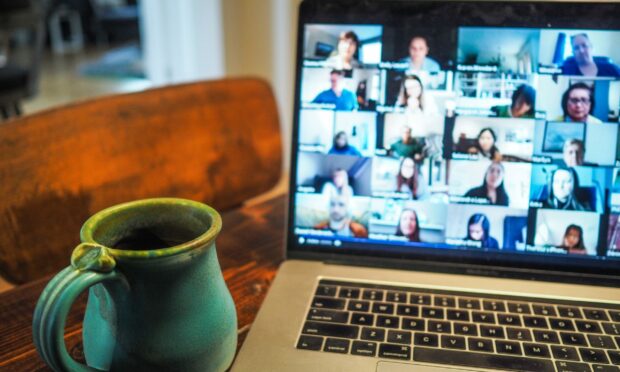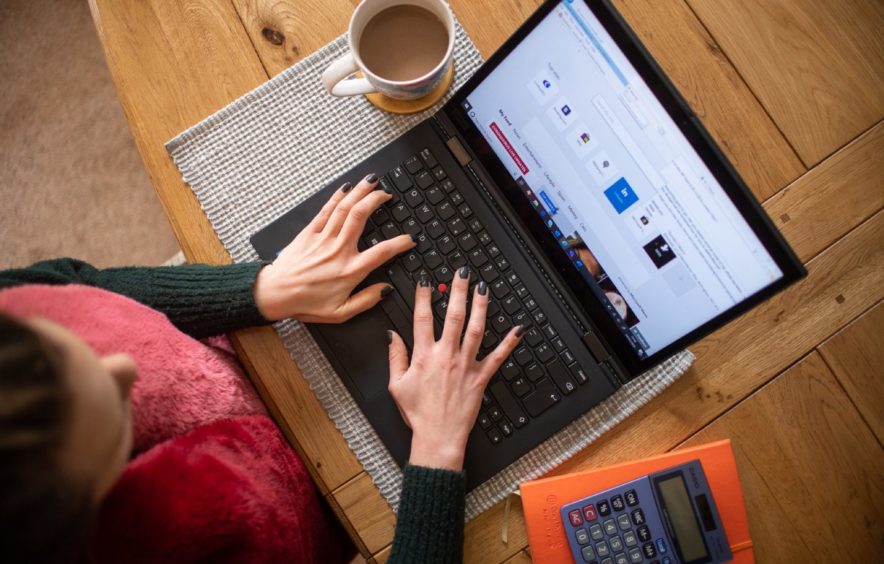Deloitte’s 2019 Human Capital Trends report stated that only half of global business leaders believed being able to manage remotely was a requirement of the 21st Century.
How times have changed. The pandemic, as we know, caused a rapid shift to online and remote working for much of the workforce.
One of the things widely speculated on since the onset of the outbreak has been whether this will be a temporary or more permanent change to the way we work.
We’ve already had some answers to that question and some headline grabbers along with them.
In March, Nationwide Building Society told its 13,000-strong workforce they could choose where to work. It has since been joined by many other large companies which have also expressed a desire to give their employees freedom to choose their place of work.
Behind the headlines the truth is somewhat more nuanced, with employers seemingly opting for differing levels of “freedom”. Change is certainly afoot but what is driving it?
Firstly, employees seem to like their new working habits; home working eliminates the commute, offers a better work-life balance, reduces stress – according to some studies – and gives people more flexibility to choose how and when they work.
Employers seem to have grown to like it too, because the pandemic proved beyond doubt that it is possible for staff to work remotely and do so successfully.
Significantly, remote working also saves money. While the vast majority of companies still maintain an office, they need less space, and use less energy and other consumables.
The pandemic proved beyond doubt that it is possible for staff to work remotely and do so successfully.”
For some firms it has been a way to cut their carbon footprint and it also makes for good PR – as the likes of Nationwide have shown.
It has not all been positive though and there have been some negative headlines around remote working.
The Guardian newspaper published the plans of Teleperformance, a contact centre company that allegedly planned to introduce cameras to employees’ home workstations for monitoring purposes.
Teleperformance denied it but there have been other reports of increased market demand for employee-monitoring software. So, not all managers have received the memo about trust working in their favour then?
It should also be noted that not all employees have enjoyed their home working experience. There are some concerns that it can, in fact, impact negatively on work-life balance and further blur the boundary between people’s jobs and their personal lives.
Many workers have struggled with isolation, although this may be a feature of the Covid pandemic rather than home working per se.
Remote working does present challenges for management. Communication, an often poorly understood yet completely fundamental factor in work and management, tended to happen more readily in an office by virtue of the happy coincidence that people were physically next to one another. In a virtual setting this is not the case.
The social aspect of work shouldn’t be underestimated and it is a gap technology can’t quite bridge. Where does this leave us?
The trend, by and large, seems to be that employers are discussing and offering something akin to the now widely used “hybrid” working description.
This is a model of working whereby employees have the opportunity to work both at home and in a workplace, typically dividing their week between the two.
Space Solutions says post-Covid offices will be for sharing
Caithness shed takes top award in contest to find the UK’s best home office
There is evidence to indicate employers are planning for this, with office space provider IWG recently reporting inquiries had risen. The company attributed this to employers planning for a future hybrid working scenario.
This future of greater flexible working appears to be receiving support from government too. For many years the UK Government tried to push flexible working through initiatives and some legislation, though pre-Covid the uptake was moderate at best.
According to the Financial Times, the government wants to make flexible working the “default position”.
This is surely a positive move for many of the workforce but it should be remembered that for others any talk of hybrid and remote working has no relevance.
A report in the Economist said better-paid jobs, tend to be those which can be performed remotely. Less well-paid jobs still tend to require people to leave their homes for work.
‘Societal impacts’
This difference, it is speculated, may have widespread societal impacts as the population mixes less – as one segment continues to commute and the other stays at home. There are also consequences for the economy as the UK’s town and city centres become less busy with workers.
So, while we can be reasonably confident the future of work for many looks to be the hybrid model, the wider consequences of this remain uncertain.
David Jack is both the owner of Inverness-based HR consultancy Ascend and a lecturer in business and management at Inverness College UHI.





